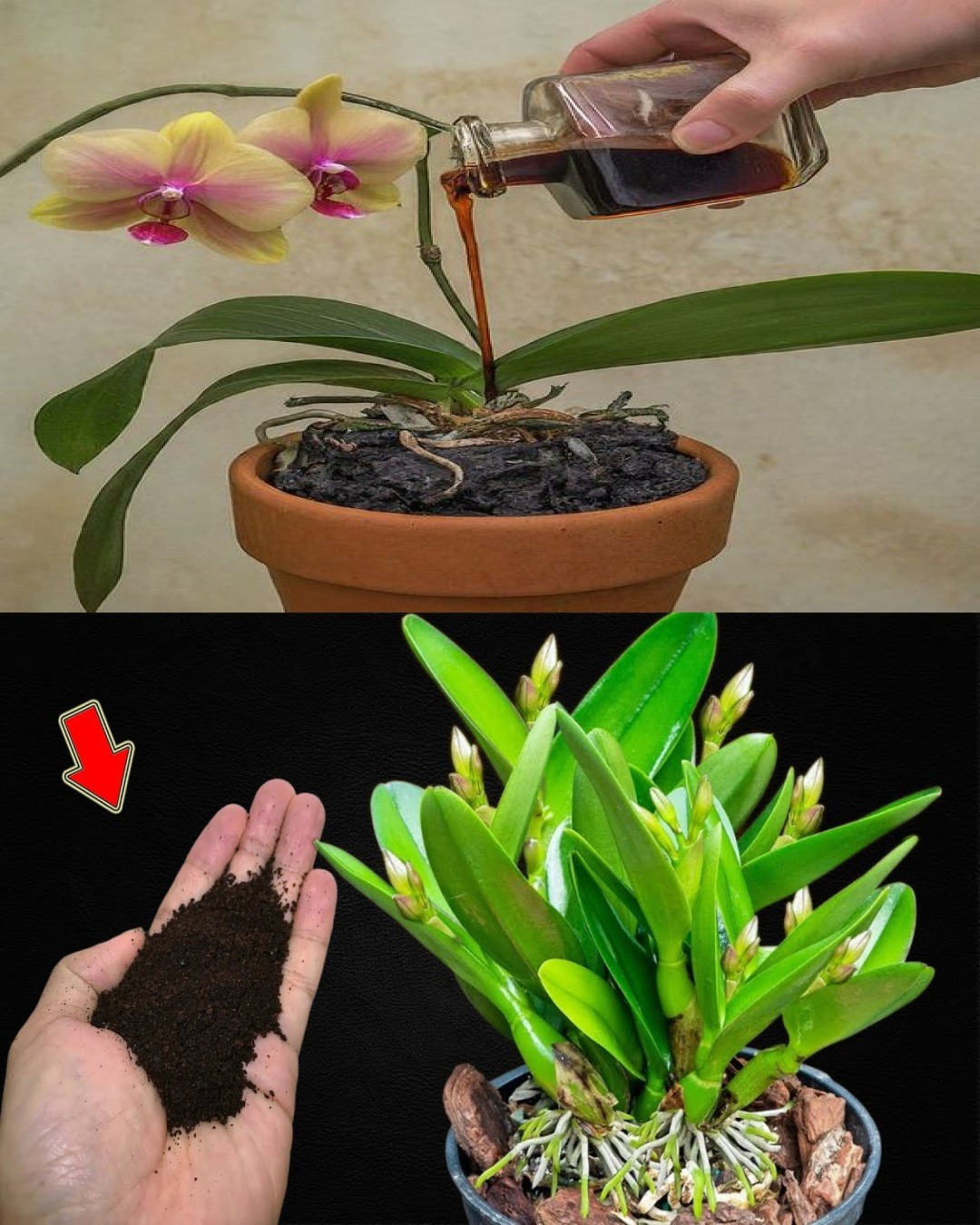ADVERTISEMENT
Sure! Here’s an article for “Just a Teaspoon, Suddenly the Orchid Miraculously Blooms with Lots of Flowers”:
Just a Teaspoon: The Secret to Making Your Orchid Bloom with Lots of Flowers
Orchids are among the most beautiful and coveted houseplants, admired for their elegant flowers and vibrant colors. However, getting an orchid to bloom, especially after it’s been dormant for some time, can feel like a bit of a mystery. Despite being a resilient plant, orchids are known for their finicky nature when it comes to blooming. If you’ve ever wondered how to coax your orchid into a glorious bloom, the secret may be simpler than you think. The answer could be as easy as just a teaspoon of a special ingredient.
In this article, we’ll reveal a simple yet incredibly effective trick that can help bring your orchid back to life and get it blooming beautifully once again. Trust us – this easy method can work wonders for your orchid’s health and flower production, and it might just surprise you with the results!
Why Orchids Can Be Difficult to Bloom
Orchids, particularly the Phalaenopsis (moth orchid), are known for being long-lived and beautiful, but they don’t always bloom on command. Orchids typically bloom once a year, but after a blooming cycle ends, they can sometimes enter a dormant phase where they don’t produce new flowers for several months. This can be frustrating for plant owners who love the sight of their orchids in full bloom.
Several factors contribute to this dormancy, including:
- Light: Orchids require the right amount of light to stimulate flowering. Too little light, and they may not bloom; too much light, and they can get stressed.
- Temperature: Orchids need a period of cooler temperatures (at night) to trigger blooming. Without this fluctuation, they may stay dormant.
- Watering: Overwatering or underwatering can both lead to stress in orchids, inhibiting their ability to flower.
- Nutrients: Orchids are somewhat picky when it comes to fertilizer. They need specific nutrients in the right amounts to encourage healthy growth and blooming.
The Miraculous Trick: Just a Teaspoon
So, what’s this miracle ingredient that can get your orchid to bloom with ease? It’s actually something you probably already have in your kitchen: Epsom salt!
Yes, just a teaspoon of Epsom salt can do wonders for your orchid’s blooming potential. Epsom salt, which is magnesium sulfate, can provide your orchid with the essential magnesium it needs to bloom. Magnesium is a crucial nutrient that helps with the production of chlorophyll, and it also plays a key role in photosynthesis — the process by which the plant produces energy to grow and bloom.
How Epsom Salt Helps Your Orchid Bloom
Here’s why Epsom salt works so well for orchids:
- Stimulates Flowering: Magnesium encourages the formation of flowers and enhances the overall health of the plant. By providing this nutrient, your orchid is more likely to produce vibrant, long-lasting blooms.
- Improves Root Health: Magnesium helps strengthen the roots, enabling the orchid to better absorb nutrients and water, which supports the blooming process.
- Promotes Stronger Growth: Magnesium also helps the orchid develop stronger stems and leaves, which can give the plant the energy it needs to bloom.
- Safe and Easy to Use: Epsom salt is a natural, non-toxic product, making it an excellent and safe option for boosting your orchid’s health without the risk of over-fertilization.
How to Use Epsom Salt to Encourage Orchid Blooming
Now that you know how effective Epsom salt can be for your orchid, here’s a simple step-by-step guide on how to use it:
Materials Needed:
- Epsom salt (magnesium sulfate)
- Watering can
- Measuring spoon (teaspoon)
Instructions:
- Mix the Solution: Take a watering can (preferably 1 gallon in size) and add about 1 teaspoon of Epsom salt to it.
- Stir Well: Stir the water well to ensure that the Epsom salt is fully dissolved.
- Water Your Orchid: Use the solution to water your orchid just as you normally would. Pour it slowly over the soil or medium, making sure it reaches the roots. Avoid pouring it directly onto the leaves to prevent damage.
- Repeat Every 2-4 Weeks: You don’t need to apply this Epsom salt solution every time you water your orchid. Instead, use it about once a month or whenever you feel the plant needs an extra boost. Be sure not to overdo it — orchids thrive on balance!
- Monitor and Enjoy: After applying the Epsom salt, observe your orchid over the next few weeks. With consistent care and the right environment, you’ll likely start to see new flower spikes forming.
